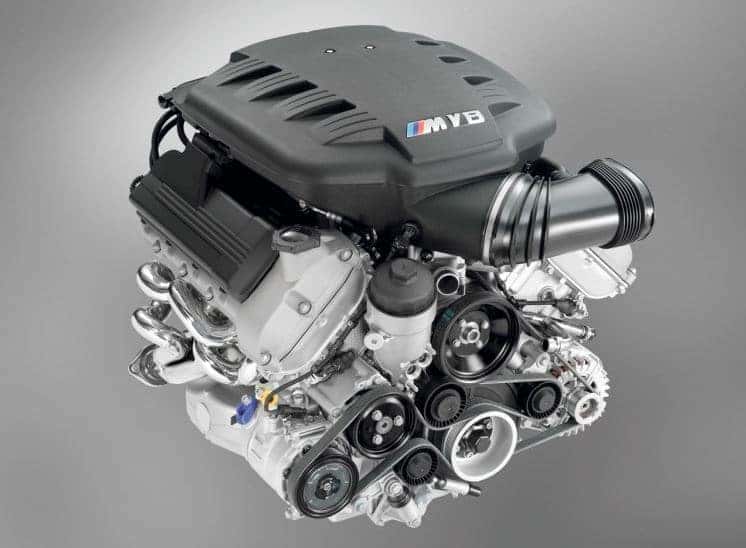The Evolution of the BMW Engine: A Look Back at Iconic Models
The Evolution of the BMW Engine: A Look Back at Iconic Models
Blog Article
Discovering the Advancement of Burning Engines in Modern Transport Equipments
As we browse the landscape of contemporary transportation, the advancement of combustion engines stands as a testament to human resourcefulness and engineering expertise. The interaction of history, modern technology, and environmental concerns in forming the trajectory of combustion engines develops a narrative that is both compelling and informative.
Early Beginnings of Combustion Engines
Exactly how did the idea of burning engines very first emerge in the very early stages of transportation growth? The origins of burning engines can be mapped back to the 17th century when the principles of internal burning were first discovered.
The advancement moment included the creation of the first successful gasoline-powered engine by Karl Benz in 1885 - bmw engine. This engine led the method for the development of the modern car, revolutionizing transportation systems worldwide. Subsequent technologies by Nikolaus Otto and Gottlieb Daimler further fine-tuned burning engine modern technology, leading to the automation of cars and the quick development of the transportation industry
These early combustion engines were characterized by their simplicity and efficiency, laying the foundation for the complex and effective engines made use of in modern-day transport systems. The development of combustion engines has contributed fit the way we take a trip and move items, noting a significant turning point in the history of transportation growth.
Change to Internal Combustion Technology
The change to interior combustion technology noted an essential shift in the evolution of transport systems. This shift began in the late 19th century, with developers like Nikolaus Otto and Gottlieb Daimler establishing the first effective interior combustion engines. These engines changed transport by providing an extra effective and powerful choice to heavy steam engines and electric motors.
Among the essential benefits of interior burning engines was their capability to be scaled down to fit right into cars, bring about the advancement of automobiles and bikes. This shift from cumbersome, stationary engines to portable, mobile ones paved the means for the modern transport systems we see today.
The transition to interior burning innovation additionally spurred innovations in fuel innovation, leading to the advancement of gasoline and diesel as main gas sources for automobiles. This change not only made transport extra available to the masses yet also laid the structure for the oil and gas sector to become indispensable to global economic climates.
Influence of Combustion Engines on Transport
The fostering of combustion engines in transportation systems militarized an extensive shift in the effectiveness and rate of global movement. Burning engines changed transportation by offering a trusted and flexible source of power for different lorries, including automobiles, vehicles, ships, and aircrafts. This innovation substantially improved the ability for people and products to conform cross countries in shorter period, leading to increased connectivity between regions and countries.
Furthermore, the widespread use burning engines has actually had a substantial influence on financial advancement. The capability to deliver products effectively has spurred trade and business, permitting services to broaden their markets and reach consumers worldwide. This has actually promoted financial growth and globalization, as products can currently be moved much faster and in larger quantities than ever.
However, the ecological effect of combustion engines can not be overlooked. The burning of fossil gas has led to air contamination and greenhouse gas discharges, contributing to environment modification and positioning health threats to populations. bmw engine. Consequently, there is an expanding emphasis on creating alternative propulsion modern technologies to alleviate these negative results and produce a more lasting future for transportation
Technologies in Combustion Engine Layout
Many developments in burning engine style have actually pushed the evolution of transport systems over the decades. One significant development is the growth of turbocharged engines, which use exhaust gases to drive a generator that compresses inbound air, enabling even more gas to be charred, causing enhanced power result why not try this out without a significant boost in engine dimension. Furthermore, straight injection innovation has actually improved fuel performance and performance by exactly regulating the amount and timing of fuel infused right into the combustion chamber. Variable shutoff timing systems have actually also transformed engine layout by optimizing air flow at various engine rates, enhancing both power and effectiveness. One more substantial development is the combination of light-weight materials such as carbon fiber and aluminum alloys, decreasing total engine weight and boosting vehicle fuel economic situation. Developments in computer-aided design have allowed designers to enhance engine efficiency and performance via simulations prior to physical models are constructed, conserving time and sources in the growth procedure. These technologies jointly add to the continual renovation of burning engines in modern-day transport systems.
Future Fads in Combustion Engine Development
With technology innovations driving continuous advancement, the future of burning engine advancement is positioned to revolutionize transport systems globally. One of the essential fads in burning engine advancement is the press towards better efficiency and minimized exhausts.
Another popular pattern is the fostering of hybrid innovations in burning engines. Crossbreed engines incorporate traditional combustion innovation with electrical power, offering improved fuel effectiveness and reduced exhausts. As the automotive industry shifts towards electrification, crossbreed burning engines are viewed as a transitional remedy that bridges the gap between traditional cars and completely electrical ones.
Additionally, the assimilation of clever modern technologies, such as artificial intelligence and data analytics, is expected to play a significant role in the future of combustion engine development. These technologies can optimize engine performance in real-time, resulting in much more efficient combustion processes and enhanced total lorry efficiency. Welcoming these future fads will certainly not just drive advancement in combustion engine development but also add to an extra environmentally friendly and lasting transport ecological community.

Conclusion
Finally, the development of combustion engines in contemporary transportation systems has been marked by significant developments in innovation and style. From the early beginnings of combustion engines to the transition to internal burning modern technology, these engines have special info had an extensive influence on transport. Technologies in burning engine style remain to drive development in this field, with future trends focusing on further improving efficiency and lowering exhausts. The future of burning engines in transport looks appealing as r & d initiatives remain to press limits.
The roots of burning engines can be mapped back to the 17th century when the principles of interior burning were first explored. These engines transformed transportation by providing an extra effective and powerful dig this alternative to heavy steam engines and electric motors.

Report this page